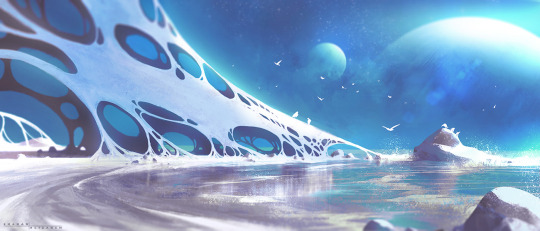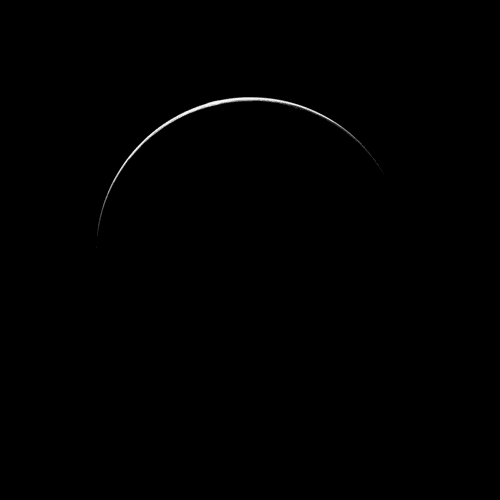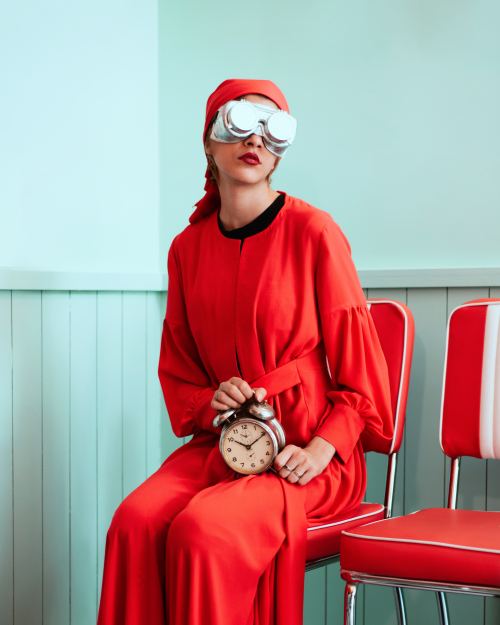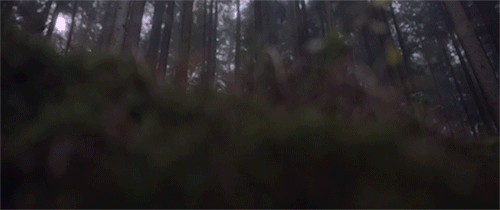Bioluminescence in Nature
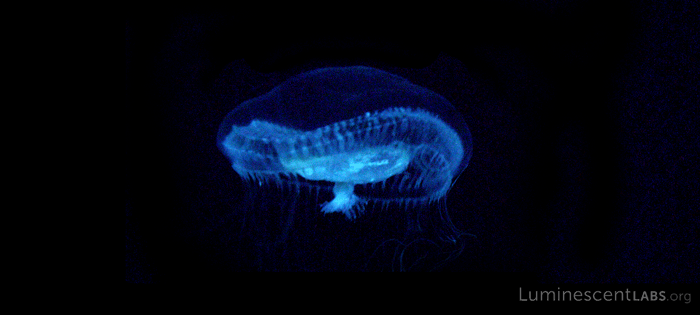
Before our current attempts at creating a future filled with bioluminescent organisms and technologies our world was filled with amazing light emitting creatures and plants.
From the Motyxia millipede of California to the Glow worms of New Zealand our planet is covered in things you can only truly discover and appreciate at night. So here's your list of just some of the amazing creatures and plants you might come across in our lifetime.
- Motyxia Millipede of California. Poisonous.

- Glow Worms of New Zealand. Use lighted fishing lines to catch their prey.

- Mosquito Bay, Puerto Rico. Dinoflagellates that give the ocean an eerie blue glow.

Crystal Jellyfish of the Pacific Northwest.
Loosejaw Dragonfish. Eats krill and Shrimp.
Mushrooms. There are currently 71 species of mushrooms around the world that are known the glow.

Coral of the Cayman Islands.
Armillaria solidipes fingus (Honey Mushroom) of Oregon's National Forest. Currently covers 2,200 acres mega glowing mushroom.
Hawsbill Turtle.
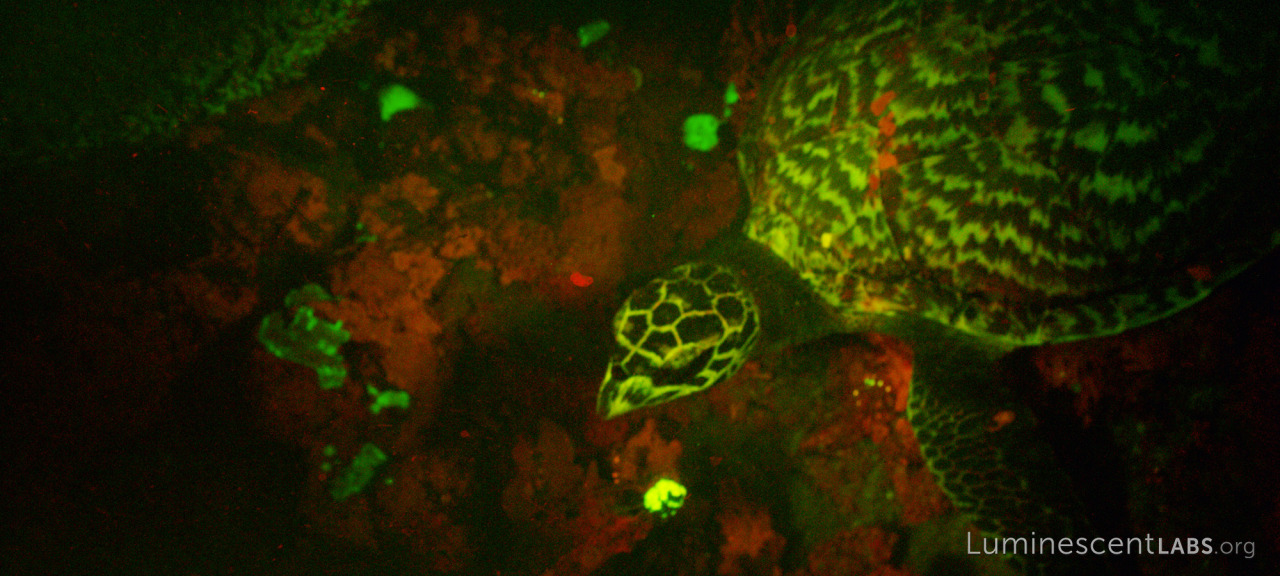
- Mnemiopsis leidyi.
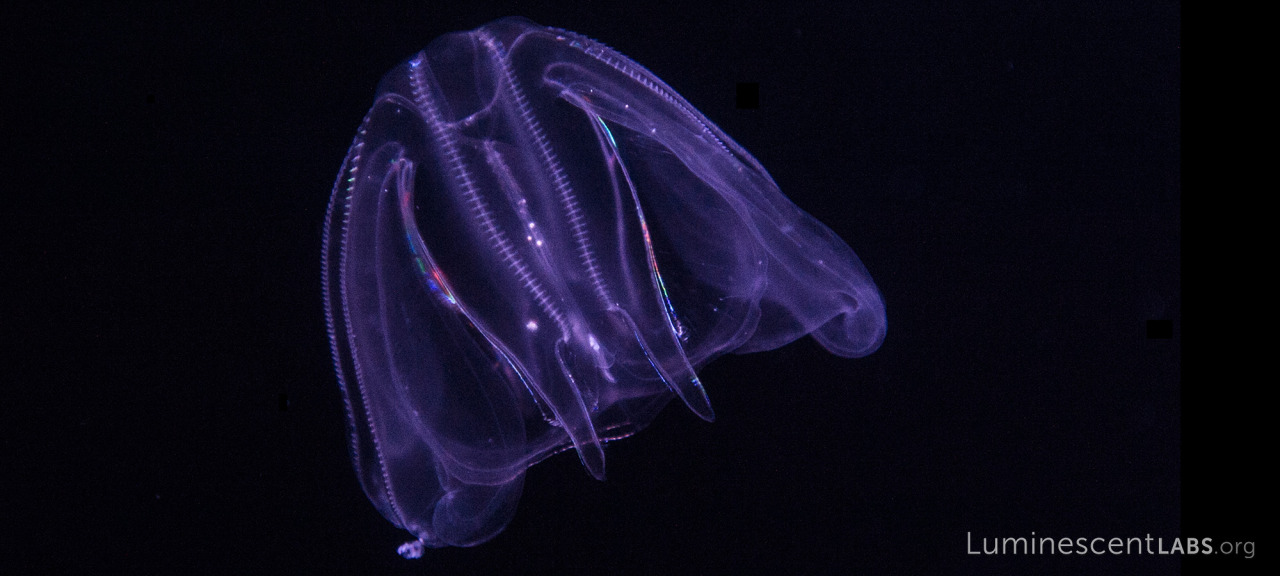
Mushrooms
Most land-base bioluminescence is found in the form of mushrooms or insects.
In the United States it's found in the form of the Foxfire mushroom. This mushroom was even said to have been suggested by Benjamin Franklin, to be used as lighting on board one of the first ever submarines due to its eerie glow.

The main colors for mushrooms that glow are green, however living creatures can have more variety in their bioluminescence and can glow in shades of orange, yellow, purple, blue, and more.
Not all bioluminescence is the same either. Some can be extremely bright and others can only be seen once your eyes adjust to the dark. When it comes to living creatures, their light may be either visable with the naked eye or with the help of a black light.
We don't know exactly why mushroom species glow but it's thought that either it's an evolved trait to attract carnivores to eat arthropods that may harm them or that the light reaction helps produce anti-oxidants that promote lignin digestion during the decomposition of cellulose fibers. Which is a great theory because all the bioluminescent mushrooms in existence are wood decayers.
Whatever it is that promotes light emittance in plants and in animals, it has a way of inspiring us, whether through fiction, technological innovation, or design.
But we have to remember, bioluminescence has a purpose in a dark world whether that be attracting a mate, creating anti-oxidants, or warning others of toxicity. What happens if in our obsession with this rare and beautiful gift we destroy the very creatures that inspire us? What if in the future the night is no longer dark but polluted with various light sources and flashes? What happens if we take our love of light in the darkness too far? Wherever we are we need to respect not only what these creature are and what they do but the conditions that made it possible in the first place. We have to respect the darkness too... You cannot have the light without the dark...
Inspiration
Below you'll find some inspirational videos and gif's from DESIGN:Bioluminescent Forest. I hope you find them as inspirational as I did.
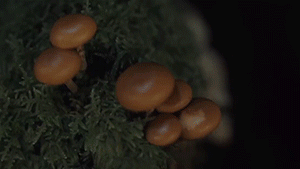
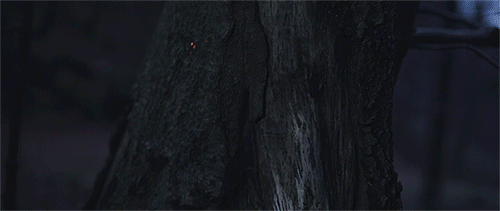

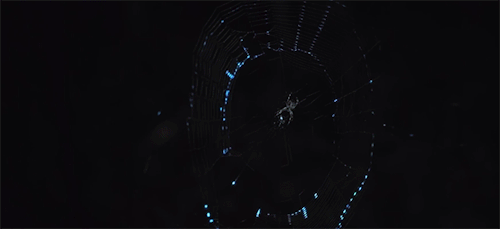
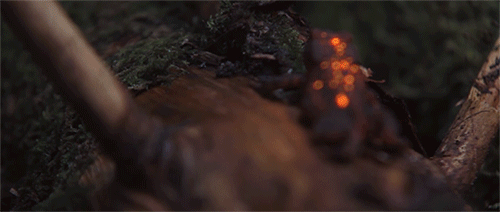
Sources:
Let it glow: A look at naturally glowing plants and animals – Boys' Life magazine
Luminescent Labs
Luminescent Labs
DESIGN: Bioluminescent Forest]
WE THE URBAN
This bark glows in the dark! Bioluminescence in mushrooms :Cornell Mushroom Blog













